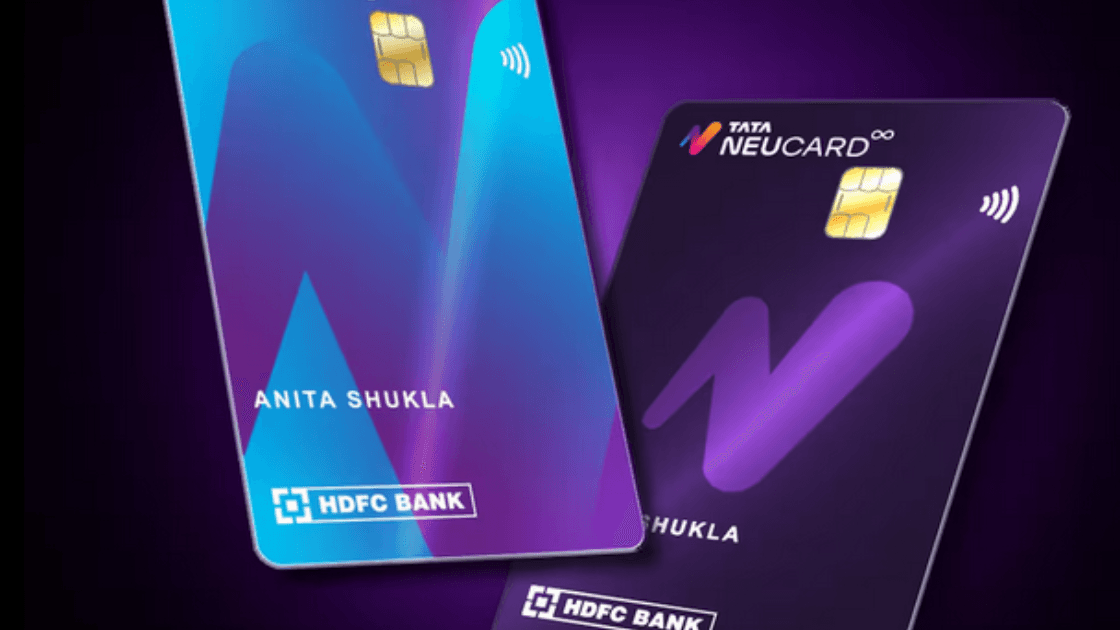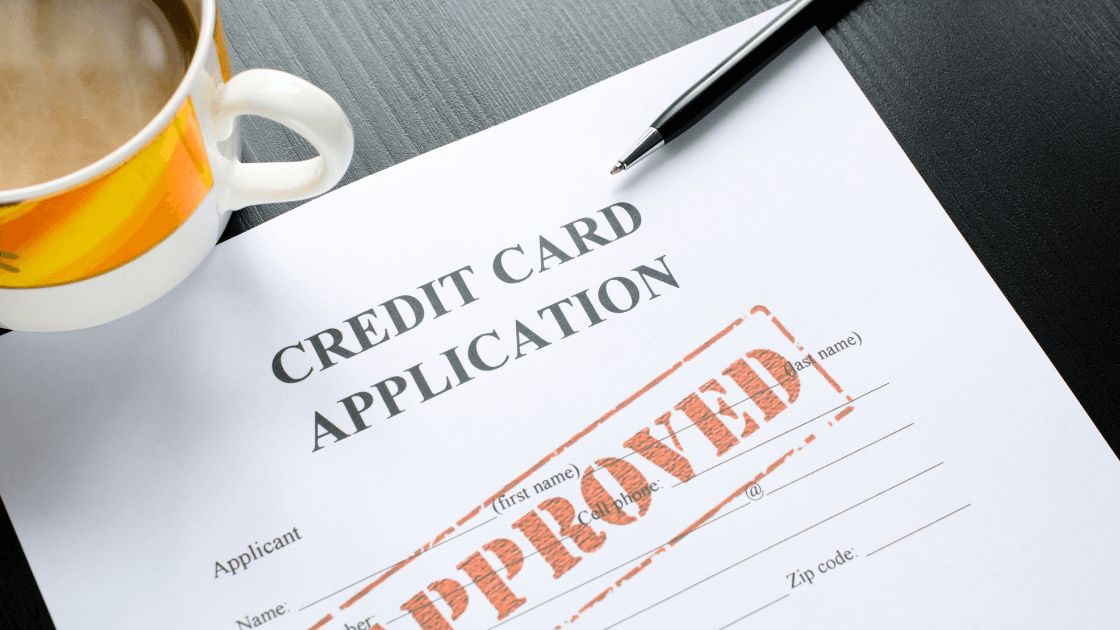
Cards
•05 min read

Imagine a situation where an unexpected expense hits you suddenly—a medical emergency or a home repair—and you find yourself scrambling for cash. Your credit card might seem like a quick fix, but understanding its cash limit is key to making smart financial choices.
The term credit card cash limit refers to the maximum amount of cash you can withdraw from your credit card. It is usually a portion of your overall credit limit, which represents the total borrowing capacity on your card. While your credit limit covers all purchases you make, the cash limit is a dedicated allowance available for cash advances. Understanding what credit card cash limit means is essential for managing your finances effectively.
Your credit limit is the total amount you can spend using your credit card; this includes online purchases, dining, shopping, and bill payments. In contrast, the cash limit is the smaller set amount that you can withdraw as cash from ATMs or banks. Generally, cash limits are determined based on factors such as your income level, credit score, and the type of card in question. Often, this range might be around 20% to 40% of your overall credit limit.
Lenders take several factors into account when setting your available cash limit. These factors include:
Your financial history and credit score
Your monthly income and overall repayment capacity
The card’s specific features and terms and conditions
This determination helps ensure that the cash advance facility is used responsibly and within manageable limits.
When you need cash quickly, understanding the process of withdrawing cash using your credit card can help you avoid unexpected fees and high interest rates. Here is a step-by-step guide to the process:
To use the cash advance feature, insert your card into an ATM and enter your PIN. The ATM will display your available cash limit along with other account details. Once you select the cash advance option, enter the amount you wish to withdraw. It is important to double-check your available cash limit via the bank’s online portal or monthly statement before proceeding.
It is important to note that cash advances come with several additional costs. These include:
Cash Advance Fees: A fee that is either a percentage of the withdrawn amount or a fixed minimum fee.
Interest Charges: Cash advances usually carry higher interest rates compared to regular purchases. Interest starts accruing from the day the cash is withdrawn.
Finance Charges: These charges are calculated based on the cash amount advanced until the repayment is completed.
For instance, if you withdraw cash at an ATM, you might incur a fee added to a higher daily interest rate, which means repaying the borrowed amount could cost more in the long run. Tools like a credit card cash withdrawal charges calculator help you estimate exactly how much extra you might pay.
If you withdraw a sum using your credit card, calculate the fee as a small percentage of your transaction, and note that interest begins accumulating immediately. This example highlights the importance of understanding all related charges: even if you see the benefit in quick access to funds, the added costs may make it less attractive if you are unable to repay swiftly.

Using the cash advance feature on your credit card can be a lifesaver in emergencies, but it is important to be aware of both the advantages and potential drawbacks.
One of the biggest benefits is the availability of cash when you need it, day or night. With access to your credit card cash limit, you can handle unforeseen expenses without the delays that might come with other financing options.
However, there are notable disadvantages. Cash advances typically do not earn reward points, and the associated fees and higher interest rates can accumulate quickly. Additionally, if you use the cash limit frequently, it might affect your credit utilization ratio, which in turn could impact your credit score.
The cash advance feature should ideally be reserved for emergencies or situations where immediate cash is necessary. It is not a substitute for other financial tools and should be used sparingly to avoid additional debt burdens. Before opting for a cash advance, assess if alternative options such as a personal loan or borrowing from trusted sources might be less financially strenuous.
Credit card cash advances can affect your finances in several ways, from impacting your credit score to incurring higher long-term costs.
When you take a cash advance, your credit utilization ratio—the percentage of your available credit in use—may rise significantly. This higher utilization can affect your credit score if the advance is not repaid promptly. Timely repayment is crucial to keep your credit profile in good standing.
Beyond immediate fees, the interest and finance charges on cash advances can add up over time. This accumulated cost is an essential consideration if you decide to use your credit card for cash during emergencies. The opportunity cost of using a cash advance, when compared with other financial instruments, might discourage frequent use.
To manage the impact on your financial health effectively, consider these tips:
Limit the frequency of cash withdrawals.
Pay off any cash advances as quickly as possible.
Regularly monitor your credit utilization to ensure it remains within manageable levels.
It is helpful to review how different financial institutions set their cash advance policies. While this post focuses on what the credit card cash limit means, it can be informative to note that policies vary in terms of cash withdrawal fees, interest rates, and cash limits.
-ed507771-df04-4fb3-9af5-bae11cb611a6.png&w=3840&q=75)
For instance, some cards might allow higher percentages of cash advances relative to the credit limit, while others maintain stricter limits. When considering using your credit card for cash, be mindful of terms such as Tata Neu HDFC Bank Credit Card cash limit means. This awareness can guide you in choosing a credit card that aligns with your financial needs, particularly regarding how much cash you might need access to in an emergency.
When choosing a credit card, look at factors such as the fee structure, cash advance rates, and the overall flexibility of the card. These elements can determine how suitable the card is for you, based on your ability to repay quickly and manage your credit usage.
Before opting for a cash withdrawal, it is advisable to calculate both the fees and interest charges. This way, you can better understand the true cost of the cash advance and avoid surprises on your monthly statement.
Credit limit is the total amount you can spend using your credit card, while cash limit is the portion allocated specifically for cash withdrawals.
No, cash withdrawals typically incur fees and interest charges. Occasionally, promotional offers might temporarily waive these fees.
You can check your cash limit through your credit card’s online banking portal or by reviewing your monthly statement.
Yes, if your cash advance increases your credit utilization ratio and is not repaid promptly, it can negatively impact your credit score.
No, the fee structures differ based on the card’s features and the issuing institution’s terms and conditions.
Your credit card cash limit offers a vital option for emergency funds. However, while this access to cash is convenient, it is essential to understand and manage the accompanying fees, higher interest rates, and potential impact on your credit score. By keeping a close eye on repayment schedules and using cash advances sparingly, you can maintain good financial health and avoid unnecessary costs. Remember, a well-managed credit card can be a powerful tool in your overall financial strategy.